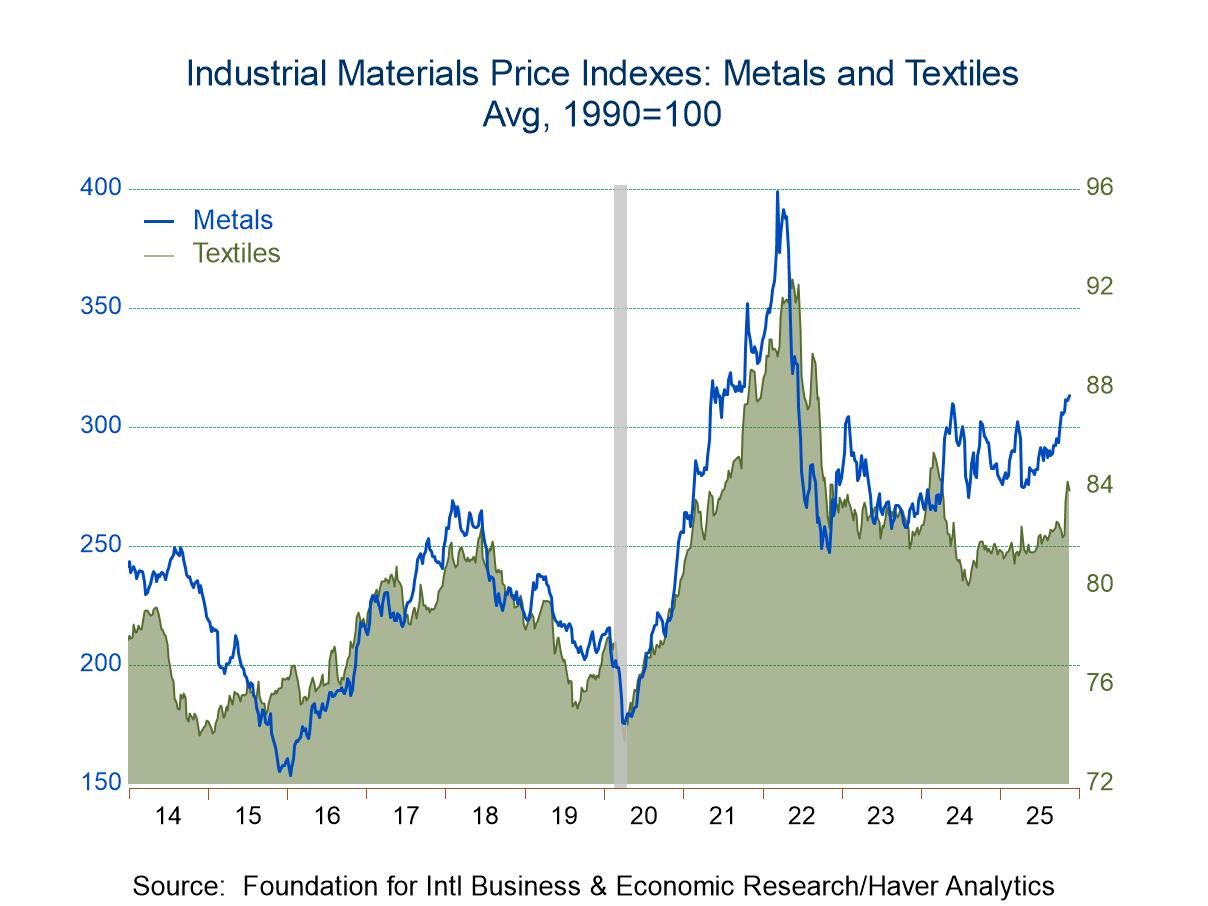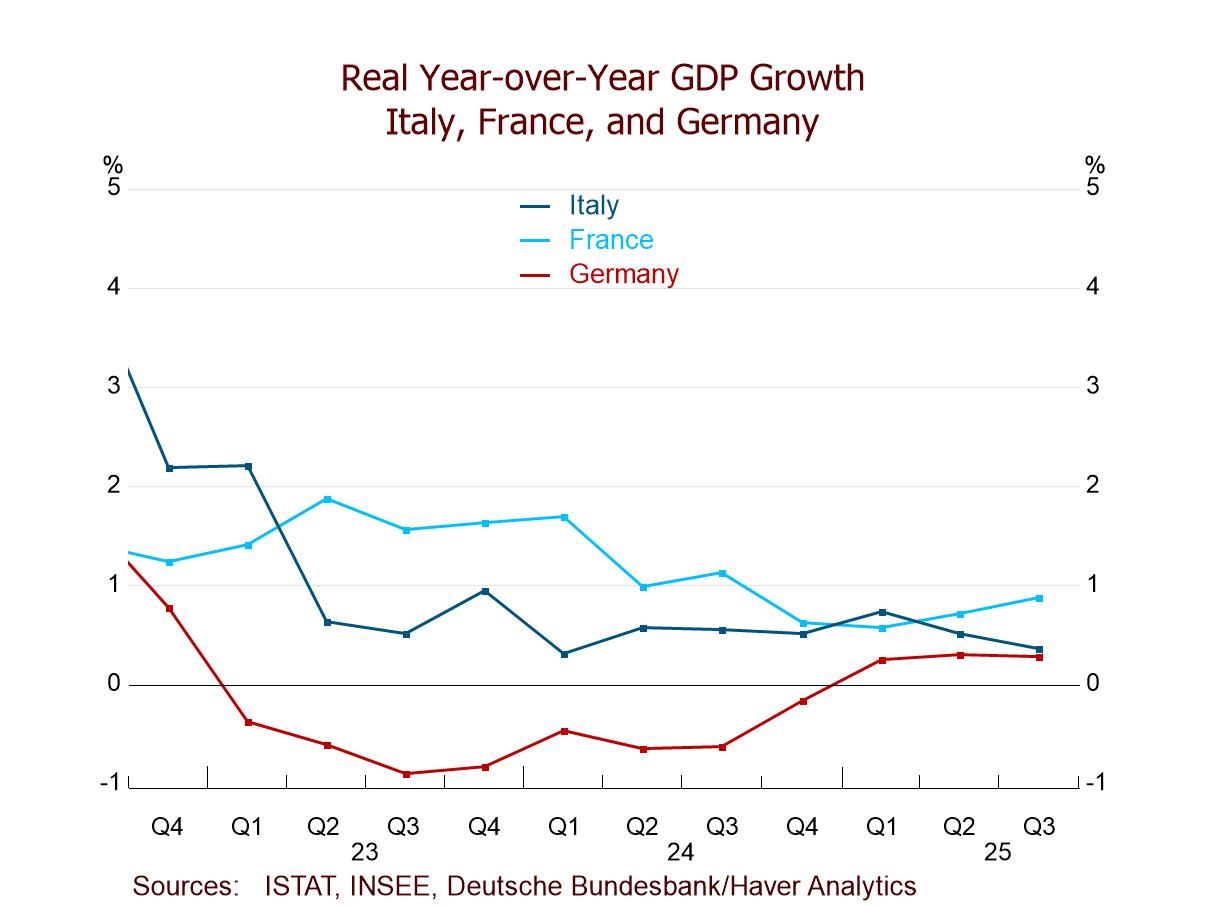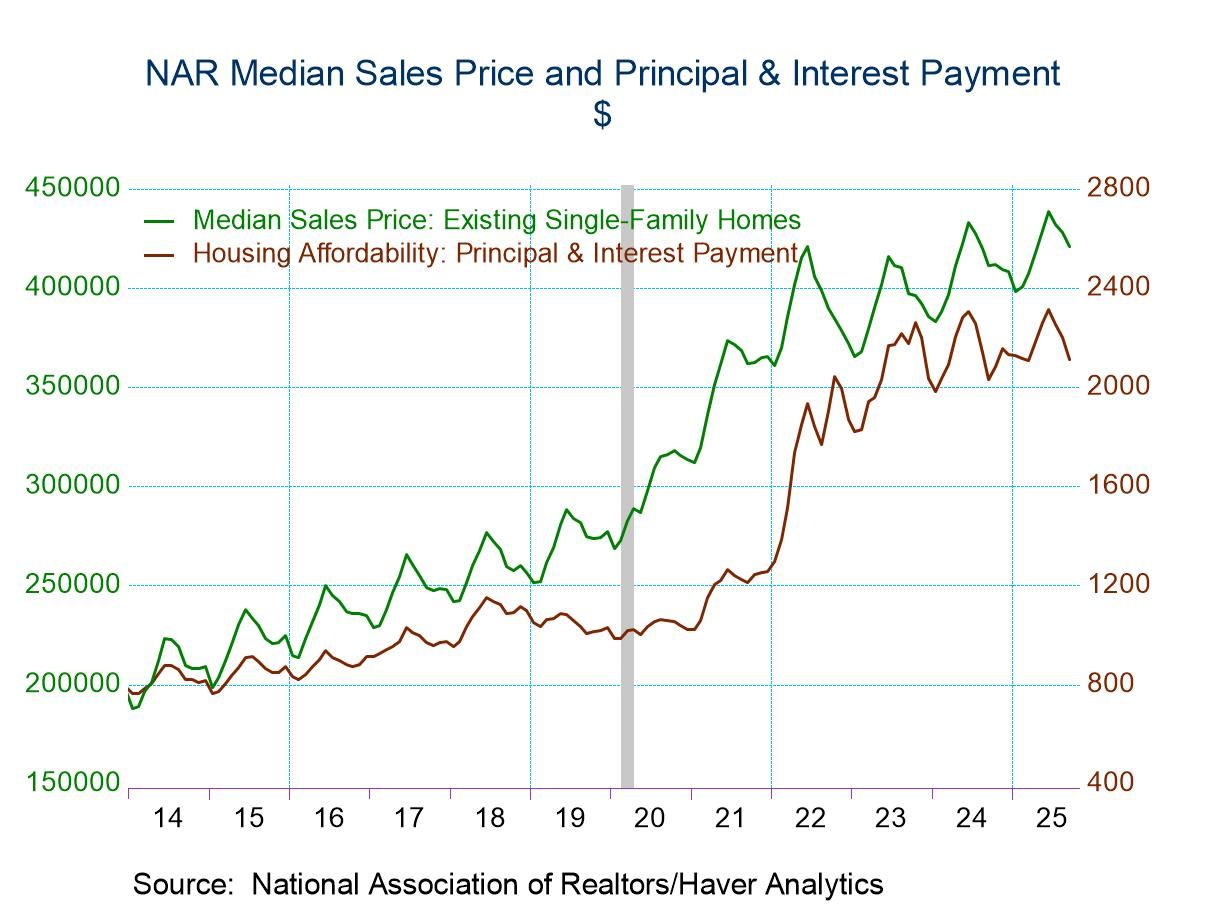U.S. Existing Home Sales and Prices Weaken in October
by:Tom Moeller
|in:Economy in Brief
Summary
- Sales fall to lowest level since May 2020
- Decline spreads throughout the country.
- Prices slide to eight-month low.


Sales of existing homes declined 5.9% during October (-28.4% y/y) to 4.43 million units (SAAR) from an unrevised 4.71 million in September. Sales have fallen for nine consecutive months and were down 31.7% during that period. The Action Economics Forecast Survey expected October sales of 4.35 million units.
Sales of single-family homes fell 6.4% (-28.2% y/y) in October to 3.95 million units. Sales have fallen in each month since January. Condo and co-op sales were off 2.0% (-30.4% y/y) in October following a 5.8% September shortfall.
The decline in total sales was most pronounced in the Western region of the country where they fell 9.1% (-37.5% y/y) to 800,000 after holding steady in September. Sales in the Northeast weakened 6.6% (-23.0% y/y) to 570,000 following a 1.6% September drop. Sales in the Midwest were off 5.3% (-25.5% y/y) in October to 1.08 million, down for the eighth month this year. Home sales in the South declined 4.8% (-27.2% y/y) to 1.98 million, down for the ninth consecutive month.
The number of existing homes for sale (NSA) fell 0.8% both m/m and y/y in October, the third straight month of decline. The months' supply of homes on the market (NSA) rose to 3.3 months at the current selling rate, the highest since June 2020. It's up from a record low of 1.6 months reached in January of this year. These figures date back to January 1999.
The median price of an existing home (NSA) fell 1.1% (+6.6% y/y) to $379,100, down for the fourth straight month. They were 8.4% below the June peak of $413,800. Prices declined last month in all four regions of the country.
The data on existing home sales, prices and affordability are compiled by the National Association of Realtors. The data on single-family home sales extend back to February 1968. Total sales and price data and regional sales can be found in Haver's USECON database. Regional price and affordability data and national inventory data are available in the REALTOR database. The expectations figure is from the Action Economics Forecast Survey, reported in the AS1REPNA database.
Getting Into the Zone from James Bullard, President & CEO, St. Louis Federal Reserve is available here.


Tom Moeller
AuthorMore in Author Profile »Prior to joining Haver Analytics in 2000, Mr. Moeller worked as the Economist at Chancellor Capital Management from 1985 to 1999. There, he developed comprehensive economic forecasts and interpreted economic data for equity and fixed income portfolio managers. Also at Chancellor, Mr. Moeller worked as an equity analyst and was responsible for researching and rating companies in the economically sensitive automobile and housing industries for investment in Chancellor’s equity portfolio. Prior to joining Chancellor, Mr. Moeller was an Economist at Citibank from 1979 to 1984. He also analyzed pricing behavior in the metals industry for the Council on Wage and Price Stability in Washington, D.C. In 1999, Mr. Moeller received the award for most accurate forecast from the Forecasters' Club of New York. From 1990 to 1992 he was President of the New York Association for Business Economists. Mr. Moeller earned an M.B.A. in Finance from Fordham University, where he graduated in 1987. He holds a Bachelor of Arts in Economics from George Washington University.






 Global
Global